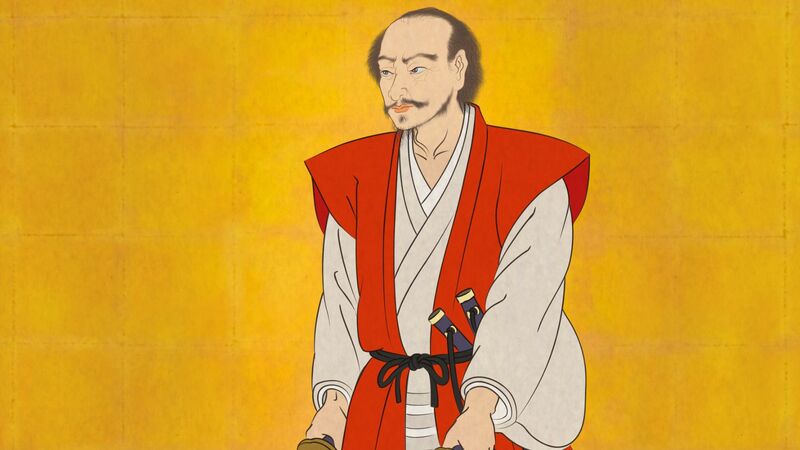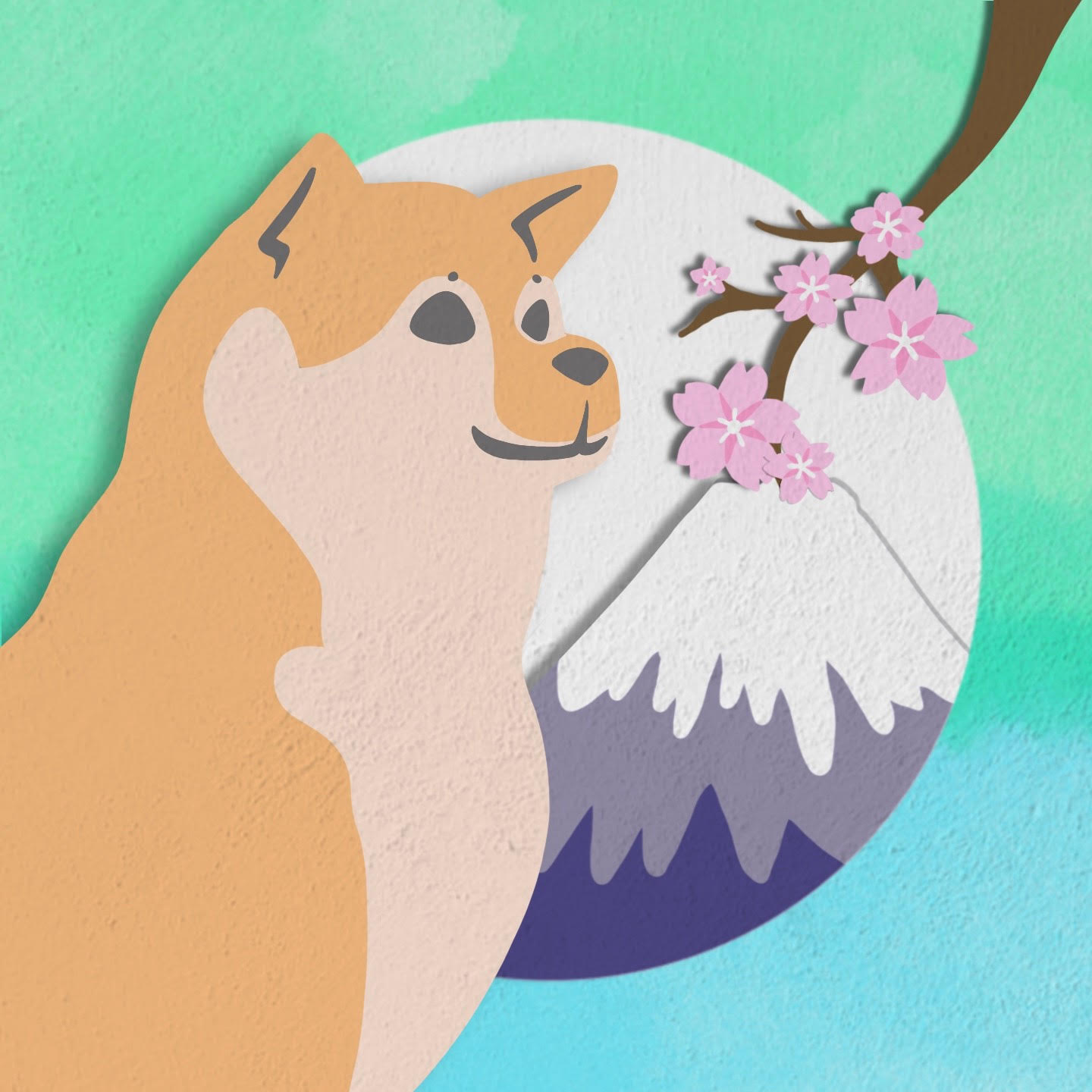Discover the captivating history of Japan’s legendary warriors, the samurai and ninja, in our in-depth exploration.

Japan’s rich history is punctuated by tales of legendary warriors who captured the imagination of people far and wide. Among these warriors were the Samurai and the Ninja. Each of these warrior classes has a unique heritage, martial code, and skillset that made them feared on the battlefield and respected off it. In this article, we will delve deep into the history of these warriors, their rise and fall, and their enduring legacy in popular culture.
The Origins of the Samurai Class
The Samurai class has its origins in the early days of feudal Japan. During the Heian Period (794 – 1185), the Japanese Imperial Court relied on powerful clans to maintain peace and order in the land. These clans had their armies of skilled warriors, who were loyal to their leaders in exchange for land and resources.
As time passed, these warrior clans grew in power and influence. They started to challenge the Imperial Court’s authority, leading to civil wars that lasted for over a century. During this time, the Samurai class emerged as a distinct social caste, defined by allegiance to their lord, martial skills, and strict code of conduct.
One of the most significant events that contributed to the rise of the Samurai class was the Battle of Dan-no-ura in 1185. This battle marked the end of the Genpei War, a conflict between the Taira and Minamoto clans that had lasted for five years. The Minamoto clan emerged victorious, and their leader, Minamoto no Yoritomo, became the first shogun of Japan. Yoritomo established a new government that centralized power in the hands of the military aristocracy. This government was known as the Kamakura bakufu, and it marked the beginning of the feudal era in Japan.

The Rise of the Samurai in Feudal Japan
The Kamakura Period (1185 – 1333) marked the rise of the Samurai as the dominant military class in Japan. Under the Kamakura bakufu, the Samurai class flourished. They had significant political power, control over land and resources, and a strict hierarchy based on their martial prowess. The Samurai were trained in the art of war, with horse riding, archery, and swordsmanship as their primary skills.
The Samurai were not only skilled warriors but also well-educated individuals who valued literature, poetry, and the arts. They were trained in calligraphy, painting, and tea ceremony, among other things. These pursuits were not only a form of entertainment but also a way for the Samurai to cultivate their inner selves and refine their character.
The Influence of Chinese Culture on Samurai
The Samurai’s culture was heavily influenced by China, particularly in terms of Confucian principles of social order and personal conduct. These principles emphasized loyalty to one’s lord, reverence for one’s ancestors, and respect for authority. They also promoted education and literacy, as well as the pursuit of artistic and intellectual pursuits.
The Samurai were not only warriors but also scholars who studied Chinese classics, such as the Analects of Confucius and the Tao Te Ching. They incorporated these teachings into their daily lives, striving to embody the ideals of loyalty, filial piety, and humility.
Samurai literature, arts, and philosophy were shaped by these Confucian principles, leading to a unique and refined culture that remains admired to this day. Some of the most famous works of Samurai literature include The Book of Five Rings by Miyamoto Musashi and The Hagakure by Yamamoto Tsunetomo.
The Role of the Shogunate in Samurai Society
During the Edo Period (1603 – 1868), the Samurai class continued to play a prominent role in Japanese society, rooted in their feudal obligations to their lords. However, their political power was gradually eroded by the rise of the Tokugawa shogunate, which established a stable and centralized government in Japan.
Under the Tokugawa shogunate, the Samurai class became more of an administrative class, with their military duties reduced to ceremonial roles. Nevertheless, they continued to wield considerable influence and prestige, serving as a symbol of traditional Japanese values and culture.
Despite the decline of the Samurai class in the late 19th century, their legacy lives on in modern Japan. The Samurai’s code of conduct, known as Bushido, continues to inspire individuals to live with honor, courage, and integrity. The Samurai’s dedication to martial arts and the pursuit of self-improvement also influenced the development of modern Japanese martial arts, such as Judo, Karate, and Kendo.

The Evolution of the Samurai Code
At the heart of Samurai culture was their code of conduct, known as Bushido (The Way of the Warrior). This code was a set of ethical and moral principles that governed the Samurai’s behavior, emphasizing loyalty, honor, and self-sacrifice.
Bushido: The Way of the Warrior
Bushido was not just a set of rules but a way of life. It was based on the principles of Confucianism and Zen Buddhism, as well as the Samurai’s own experience on the battlefield. It promoted virtues such as courage, integrity, and self-control, as well as the importance of duty to one’s lord and loyalty to one’s comrades.
The Samurai were not just warriors but also scholars and artists. They were expected to be well-versed in poetry, calligraphy, and other cultural pursuits. This was because Bushido emphasized the importance of balance and harmony in all aspects of life, not just on the battlefield.
Bushido also placed a high value on the Samurai’s swordsmanship, viewing it as a form of artistic expression and a means of achieving self-realization. The Samurai believed that through mastering the art of the sword, they could attain a state of spiritual enlightenment.

The Importance of Honor and Loyalty
At the core of Bushido was the concept of honor, which demanded that the Samurai uphold their integrity and reputation at all times. This meant that they were expected to maintain their word, fulfill their obligations, and never retreat in battle.
The Samurai were willing to die for their honor, and they believed that death in battle was preferable to a life of shame. They would rather die with honor than live with dishonor.
Loyalty was also a critical aspect of Bushido, as the Samurai were expected to serve their lord with unwavering devotion, even if it meant sacrificing their lives for their cause. The Samurai believed that loyalty was the foundation of all human relationships and that without it, society would fall apart.
The Art of Swordsmanship
The Samurai’s skill with the sword was legendary, and they developed a unique style of swordsmanship known as kenjutsu. Kenjutsu was a complex fighting system that emphasized speed, precision, and mastery of various cutting techniques.
The Samurai also believed that the sword was an extension of their soul, and they treated their swords with great reverence, often regarding them as sacred objects. They would spend hours polishing and caring for their swords, and they would never let anyone else touch them.
Kenjutsu was not just a means of self-defense but also a way of life. The Samurai believed that through mastering the art of the sword, they could achieve a state of spiritual enlightenment and become better human beings.
In conclusion, Bushido was more than just a code of conduct for the Samurai. It was a way of life that emphasized the importance of honor, loyalty, and self-discipline. It was a philosophy that permeated every aspect of Samurai culture, from their art and literature to their martial arts and military tactics.
The Mysterious World of the Ninja
The Ninja, or shinobi, were a covert class of warriors who specialized in espionage, sabotage, and assassination. They emerged in Japan during the Sengoku Period (1467 – 1615), a time of political upheaval and constant warfare.
The Origins of the Ninja in Ancient Japan
The exact origins of the Ninja are shrouded in mystery, but they are believed to have emerged from a variety of sources, including peasant rebels, bandits, and temple monks. Some historians believe that the Ninja were descendants of the Yamabushi, a group of mountain hermits who practiced esoteric Buddhism and were skilled in martial arts. Others believe that the Ninja were inspired by the Chinese Shaolin monks, who were known for their martial arts prowess.
Regardless of their origins, the Ninja quickly became renowned for their skills in espionage, sabotage, and assassination. They were hired by lords and samurai to carry out covert operations and protect their interests in a time of political turmoil.
The Role of Espionage and Assassination
The Ninja’s primary skill was infiltration, and they were experts at disguising themselves and moving through hostile territory undetected. They would often pose as peasants, monks, or traveling merchants to gather information and carry out their missions. They also employed a variety of weapons and gadgets, such as throwing stars, smoke bombs, and grappling hooks, to accomplish their objectives.
Assassination was also a key aspect of the Ninja’s job, and they were skilled at ways of killing their targets quietly and quickly using a variety of weapons, including poison and shuriken (throwing stars). They were also trained in hand-to-hand combat and could take down opponents with their bare hands.
The Ninjutsu Martial Art
Ninjutsu was the martial art of the Ninja, and it focused on techniques for engaging in covert operations, as well as survival skills like camouflage and evasion. Ninjutsu taught a variety of skills, such as unarmed combat, weapon skills, and stealth movements. It also emphasized mental and spiritual discipline, as the Ninja had to be able to endure long periods of isolation and hardship.
Today, Ninjutsu is practiced as a martial art and a form of physical and mental training. It is also studied by military and law enforcement personnel for its practical applications in espionage and counter-terrorism.

The Legacy of Hanzo Hattori
Hanzo Hattori (1542–1596), also known as Hattori Masanari or Hattori Masashige, was a famous samurai and ninja of the Sengoku era in Japan. He was a skilled warrior, tactician, and spy who served as a key figure in the unification of Japan under the rule of Tokugawa Ieyasu.
Hattori Hanzo was the leader of the Iga ninja clan, and he played a crucial role in assisting Tokugawa Ieyasu during the tumultuous period of Japanese history marked by constant civil wars. He is best known for helping Ieyasu escape from the clutches of his enemies and guiding him safely through difficult terrain. Hattori Hanzo’s abilities as a strategist, spy, and ninja earned him the nickname “Devil Hanzo” (Oni no Hanzo).
In addition to his historical significance, Hattori Hanzo has become a popular figure in Japanese folklore and has been featured in various forms of media, including films, novels, and video games. One of the most famous depictions of Hattori Hanzo in popular culture is in the film “Kill Bill”, where he is portrayed as a master swordsmith who creates a deadly sword for the film’s protagonist, played by Uma Thurman.
The Ninja have left a lasting impact on popular culture, and their image is often romanticized in movies, TV shows, and video games. However, their true history and legacy are still shrouded in mystery and debate. Some see them as ruthless assassins and mercenaries, while others view them as heroic defenders of the oppressed.
Regardless of one’s opinion of the Ninja, their legacy lives on in the martial arts, espionage, and popular culture of Japan and the world.

The Decline of the Samurai and Ninja
The Meiji Restoration (1868 – 1912) marked the end of the Samurai era. The restoration led to the creation of a modern, centralized government that recognized the power of the Western world. The Samurai’s privileges were stripped away, and they were forced to find new ways to fit into society.
The Meiji Restoration and the End of the Samurai Era
The Meiji Restoration marked a turning point for Japan, as the country underwent remarkable transformations in all aspects of social, economic, and political life. The Samurai were forced to give up their privileged status, and many of them entered new careers, such as teachers, businessmen, or bureaucrats.
The Meiji Restoration also brought about a significant shift in Japan’s military structure. The Samurai, who had been the traditional warrior class, were replaced by a conscripted army modeled after the Western military. This new army was trained in modern warfare techniques and was equipped with modern weapons, rendering the Samurai’s traditional swords and armor obsolete.
Despite these changes, the Samurai’s legacy continued to live on in Japan’s cultural identity. Their values of honor, loyalty, and discipline continue to be admired and respected, and their history is still studied and celebrated today.
The Disappearance of the Ninja in Modern Japan
The Ninja largely disappeared during the Meiji period, as their skills were no longer in high demand. However, the myth of the Ninja lived on, and they became a popular subject in Japanese fiction and popular culture.
The Ninja were known for their stealth, agility, and espionage skills. They were often hired as mercenaries or spies, and their services were in high demand during Japan’s feudal era. However, with the rise of a centralized government and a modern military, the need for their services declined.
Despite their disappearance, the image of the Ninja has remained a popular icon in Japanese culture. They are often depicted in movies, comics, and video games as skilled assassins and martial artists, and their legend continues to capture the imagination of people around the world.

The Legacy of the Samurai and Ninja in Popular Culture
The enduring fascination with Samurai and Ninja is a testament to their enduring legacy in Japanese culture. From movies and comics to video games and cosplay, the Samurai and Ninja remain popular symbols of Japanese strength, discipline, and honor.
Their influence can be seen in everything from fashion to martial arts. Many people around the world practice martial arts such as karate, judo, and kendo, which have their roots in traditional Samurai training. And the popularity of cosplay, where people dress up as their favorite characters from movies, anime, and video games, has led to a resurgence of interest in Samurai and Ninja fashion and weaponry.
Overall, the legacy of the Samurai and Ninja continues to inspire and captivate people around the world. Their history may be a thing of the past, but their influence on Japanese culture will endure for generations to come.
Related Articles
AI Girlfriends: Exploring the World of Virtual Companions
AI-generated girlfriends are growing popular on Japanese Twitter. Learn more about what they can do, and what it could mean for the future.
Discover Japan’s Top 10 Must-Visit Places
From stunning landscapes to bustling cities, Japan offers many unforgettable experiences. Here are Japan’s top 10 best places to visit!





